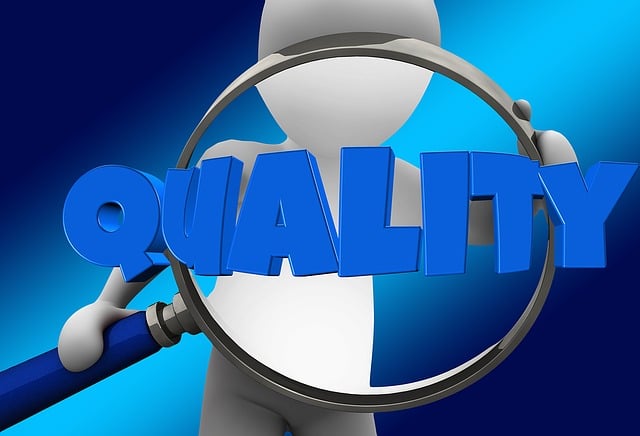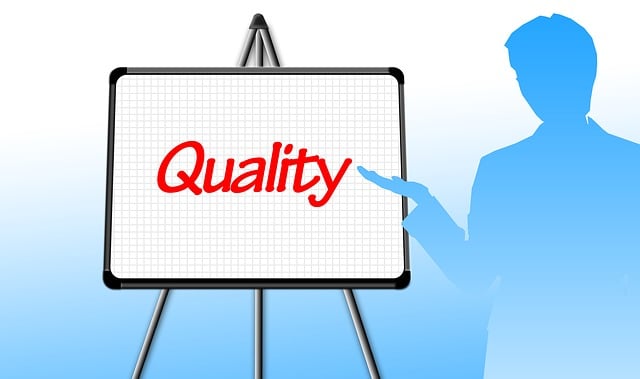The text explores the mold impact on allergies and its role in Sick Building Syndrome (SBS). Mold thrives in damp environments, releasing invisible spores that can trigger or worsen allergic reactions and respiratory issues. Individuals with asthma and sensitivities are particularly vulnerable. Research links mold exposure to symptoms like sneezing, runny noses, difficulty breathing, headaches, fatigue, and cognitive impairments. A dual strategy of prevention (regular ventilation, building design) and remediation (thorough cleaning, professional removal) is essential to mitigate these risks and alleviate allergy symptoms.
“Uncovering the Hidden Culprit: Exploring Mold’s Role in Sick Building Syndrome (SBS) and its Impact on Allergies. Sick Building Syndrome, characterized by a range of health issues with no apparent cause, has long been a mystery. One suspected contributor is mold, particularly in indoor environments. This article delves into the intricate relationship between mold and SBS, focusing on how mold spores can trigger allergies and respiratory problems. We explore scientific studies, uncover prevention strategies, and provide insights into managing mold-related illnesses.”
- Understanding Sick Building Syndrome: Symptoms and Causes
- The Role of Mold in Indoor Environments
- How Mold Spores Can Trigger Allergies and Respiratory Issues
- Scientific Studies on Mold and Health Effects
- Prevention and Remediation Strategies for Mold-Related Illnesses
Understanding Sick Building Syndrome: Symptoms and Causes

Sick Building Syndrome (SBS) is a condition that affects building occupants, characterized by a range of symptoms that often arise due to exposure to volatile organic compounds (VOCs), poor ventilation, or other environmental factors within enclosed spaces. The symptoms can include respiratory issues, headaches, fatigue, skin irritation, and cognitive problems, among others. Understanding SBS requires recognizing these diverse symptoms and their potential causes, which is crucial in identifying and mitigating the impact of indoor air quality issues.
One significant contributor to SBS and related health issues is mold. Molds are fungi that thrive in damp environments, and their presence can lead to a range of health problems, particularly for individuals with pre-existing allergies or respiratory conditions. The impact of mold on allergies is well documented; it can trigger or exacerbate allergic reactions, causing symptoms such as sneezing, runny noses, and itchy eyes. Additionally, some molds produce mycotoxins, which have been linked to more severe health effects, including neurological issues and chronic inflammation.
The Role of Mold in Indoor Environments

In indoor environments, mold plays a significant role, often overlooked but critical to understanding issues like sick building syndrome (SBS). Molds are fungi that thrive in damp and humid conditions, making them prevalent in spaces with water intrusion or poor ventilation. While some molds are harmless, others produce volatile organic compounds (VOCs) and allergens that can negatively impact human health. The mold impact on allergies is particularly notable, as certain species can trigger or exacerbate allergic reactions in sensitive individuals.
Exposure to these fungal organisms can lead to a range of health issues, from respiratory problems and skin irritations to more severe systemic responses. Individuals with existing respiratory conditions like asthma are especially vulnerable. Moreover, the presence of mold can contribute to SBS symptoms such as headaches, fatigue, and cognitive impairments, further emphasizing the need for effective mold prevention and control measures in indoor spaces.
How Mold Spores Can Trigger Allergies and Respiratory Issues

Mold, often invisible to the naked eye, releases tiny spores into the air, which can have a significant impact on human health, particularly for those with pre-existing respiratory conditions or allergies. When these spores are inhaled, they can trigger allergic reactions and exacerbate existing respiratory issues. This is especially concerning in indoor environments where mold growth is common due to factors like poor ventilation, high humidity, and water leaks.
The problem lies in the fact that mold spores are light and easily airborne, allowing them to circulate and settle in various parts of a building. For individuals sensitive to molds, this can lead to a range of symptoms such as sneezing, runny nose, itchy eyes, and difficulty breathing. In severe cases, it may contribute to or mimic symptoms of respiratory conditions like asthma, causing inflammation and narrowing of the airways.
Scientific Studies on Mold and Health Effects

Scientific studies have extensively explored the relationship between mold and various health effects, particularly in the context of sick building syndrome (SBS). Research suggests that mold can significantly impact individuals’ well-being, especially those with pre-existing respiratory conditions or heightened sensitivities. The presence of mold spores in indoor environments has been linked to a range of symptoms, including allergic reactions, respiratory distress, and even cognitive impairments.
These studies have shed light on the complex interplay between mold and human health. Mold impact on allergies is well-documented, with certain species producing allergens that can trigger or exacerbate existing allergy symptoms. Moreover, some molds release mycotoxins, which have been associated with adverse health effects, including neurological issues and chronic inflammation. Understanding these findings is crucial for implementing effective strategies to prevent and manage mold-related problems in built environments.
Prevention and Remediation Strategies for Mold-Related Illnesses

The presence of mold in indoor environments can significantly impact human health, especially for individuals susceptible to allergies or respiratory conditions. To mitigate the risks associated with mold, proactive prevention and effective remediation strategies are essential. Regular ventilation and air conditioning system maintenance can help control moisture levels, reducing mold growth. Implementing proper building design and construction practices, such as improving insulation and using moisture-resistant materials, creates an environment less conducive to mold development.
When addressing existing mold issues, a comprehensive approach is required. This involves identifying and eliminating the source of moisture, thoroughly cleaning and disinfecting affected areas, and removing contaminated materials. Professional mold remediation services utilize specialized equipment and techniques to ensure the safe and effective removal of mold without spreading spores. Post-remediation, monitoring air quality and ensuring proper ventilation can help prevent mold from returning, thereby reducing its impact on allergies and related health concerns.
